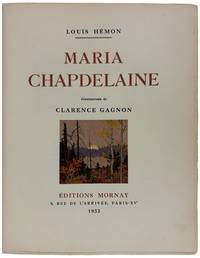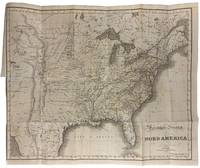1720 · Nuremberg
by HOMANN, Johann Baptist (1664-1724)
Nuremberg: Johannes Baptista Homann, 1720. Engraved with period outline colour. Image size: 18 3/4 x 22 1/2 inches. Sheet size: 20 1/4 x 24 inches. This striking map by Johann Baptist Homann presents a detailed representation of North and South America, reflecting contemporary cartographic knowledge and cultural interactions in the early 18th century.
This richly detailed map of North and South America, produced by Homann and later corrected by his son Johann Christoph, showcases the evolving understanding of the continents geography in the early 18th century. In this corrected state of the map, California is now depicted as a peninsula rather (truncated)
This richly detailed map of North and South America, produced by Homann and later corrected by his son Johann Christoph, showcases the evolving understanding of the continents geography in the early 18th century. In this corrected state of the map, California is now depicted as a peninsula rather (truncated)


